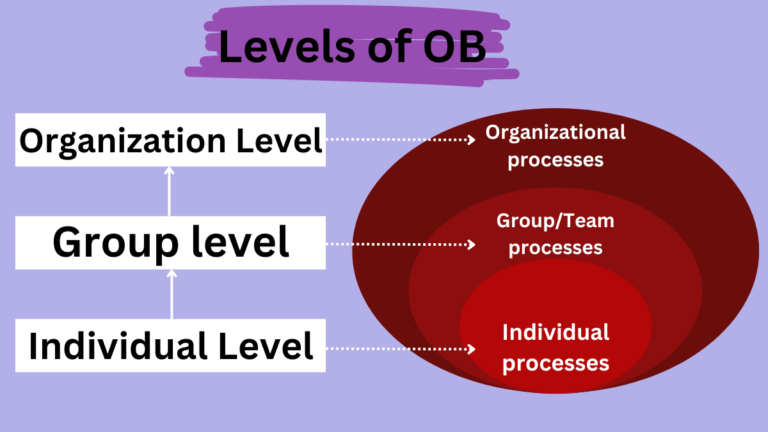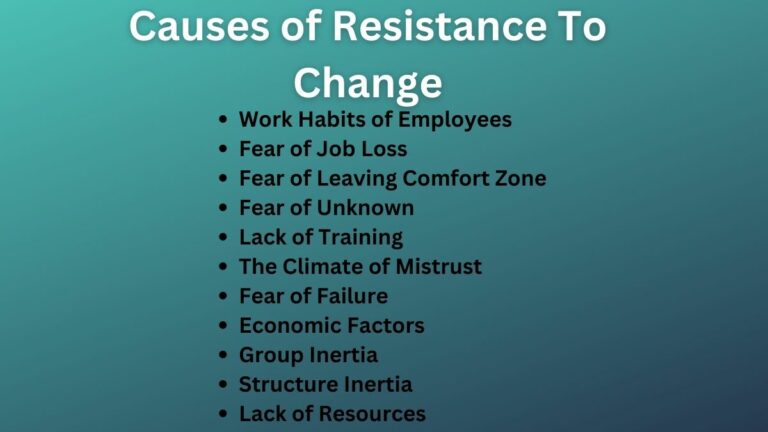8 Advantages and 7 Disadvantages of the Autocratic Leadership Style [Explained]
Advantages and Disadvantages of Autocratic Leadership
Autocratic leadership can be defined as a leadership style where an individual leader holds the decision-making power over all organizational members and all activities. He has the sole authority to command, direct, and instruct all the team members.
The following are the notable advantages and disadvantages of autocratic leadership style in the workplace.
Advantages of Autocratic Leadership
Many say the autocratic leadership style is unfit in today’s business environment. But that is not the case always, there are many instances when autocratic leadership has proved itself a desirable option in the organizational setting. The following are some of the pros of the autocratic leadership style:
Quick Decision-Making
The autocratic leadership style facilitates quick decision-making in the workplace. As in an autocratic organization, a single leader is involved in decision-making, he makes decisions based on his own logic and judgment.
Unlike, group decision-making the autocratic leader does not have to decide with his followers. Such a group process usually, takes a longer time to come to a decision. As such, in autocratic leadership, faster decisions can be made.
Clearly Defined Structure
In autocratic organizations, there are clearly defined tasks, roles, rules, and deadlines to follow. Each person involved in autocratic organizations knows their position and role in achieving the desired target. This is beneficial to reduce role ambiguity among the employees.
Timely Work Completion
Autocratic leadership is characterized by being highly structured and rigid style. As such, here, every employee is abiding by strict discipline. And, you know discipline is the key to achieving something. Such strict discipline ensures timely work completion of the organization.
Related: Democratic Leadership Style
Effective Communication
Although in authoritarian leadership, there is one-way communication there also exists effective communication. Effective communication is when the receiver gets the exact message the sender wants to convey.
Here, in the autocratic organization, there are fewer levels which reduces the challenges of poor communication that might be caused because of too many levels. In addition, the leaders directly communicate to their followers where the work is to be done.
Easy Acceptance
According to the autocratic leadership principle, people who work in an autocratic organization or under an autocratic leader must accept the order, instruction, and command of the leader. As such people working under autocratic leaders are supposed to accept the guidance or orders of their leader without any disagreement.
Right for Inexperienced Employees
Inexperienced employees lack the ability to understand the outlined rules and regulations of the organization. They even need guidance and instruction on how to do the given jobs.
In addition, normally, inexperienced employees are rules followers. Since autocratic leadership ensures clearly defined structures, it clearly states what to do and how to do it. As such, it becomes the right choice for employees who thrive when they are told what to do.
Increased Efficiency and Productivity
Autocratic executives can affect more productive project completion since they spread information swiftly throughout a company. An autocratic leader makes decisions and communicates them on time, making sure that the team has all the information they need to finish the project on schedule.
Read Also: The 14 Principles of Management
Additionally, a leader like this improves workplace efficiency by instructing staff members on what to do and how to meet deadlines. This procedure often leads to the consistent delivery of projects and has a significant impact on the employee’s performance and productivity.
Suitable for Small Organizations
Autocratic leadership is a suitable option for small-sized organizations where a single leader can handle all the matters easily. In such organizations, the leader has a small number of tasks to handle and the number of employees is also few. However, this leadership style become less effective in large organizations.
Disadvantages of Autocratic Leadership
Along with many advantages, the autocratic leadership style also has various disadvantages. The following are some of the instances because of which autocratic leadership is not suitable.
Less Morale and Motivation
One of the disadvantages of autocratic leadership is that it degrades the employee’s morale and motivation. Employees feel motivated and devote their maximum effort when they feel valued for their presence and contribution.
However, in an autocratic environment, there is no employee participation and their concerns are ignored. Employees do not get recognition for their efforts.
High Turnover
Autocracy in the workplace also results in high employee turnover. Because of the too much rigidity in the structure, and low growth opportunities, most of the experienced employees tend to leave the autocratic organizations.
Low Satisfaction
Because of one-way communication and lack of recognition employees do not get the answers to the questions they deserve. They are bound to follow whatever the leaders ask them.
Leaders do not concern about whether or not subordinates are satisfied with their actions and instructions. Low satisfaction also results in below performance than expectations.
No Succession Planning
Succession planning can be defined as a business strategy organizations use to pass leadership roles down to another employee or group of employees. But, this is lacking in autocratic organizations.
Also Read: Characteristics of Leadership
Low Employee Commitment
Because of poor coordination, low job satisfaction, low motivation, etc., employees also do not show their commitment to the organizational purpose.
Poor Relationship Between the Leader and Followers
One of the other notable cons of the autocratic leadership style is that there is a poor relationship between the leader and followers. Because of the vertical or one-way communication channel subordinates do not get the opportunity to share their ideas and thoughts. As such, between them, there is no communication and you know communication is a must for a healthy relationship.
Not Suitable for Large and Diversified Organizations
Autocratic leadership is suitable when the organization is small. However, it becomes ineffective in large and diversified organizations. In such organizations, employees are highly experienced and knowledgeable and they tend to work in a democratic environment instead of an autocratic environment.
Read Next: Pros and Cons of Democratic Leadership
Sajan Kushmi is a content writer with more than 4 years of experience. He holds BIM Degree. He write on the topics related to Management, Marketing, and Entrepreneurship.






